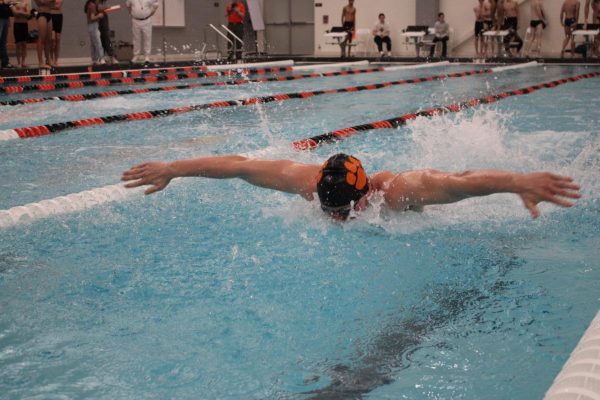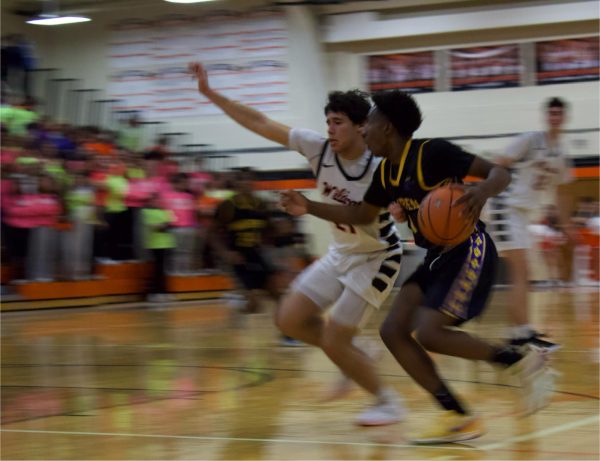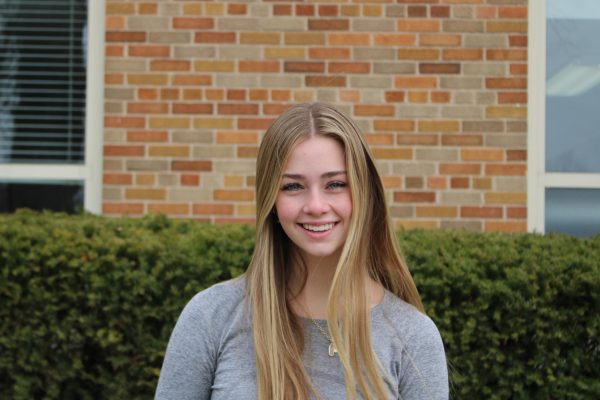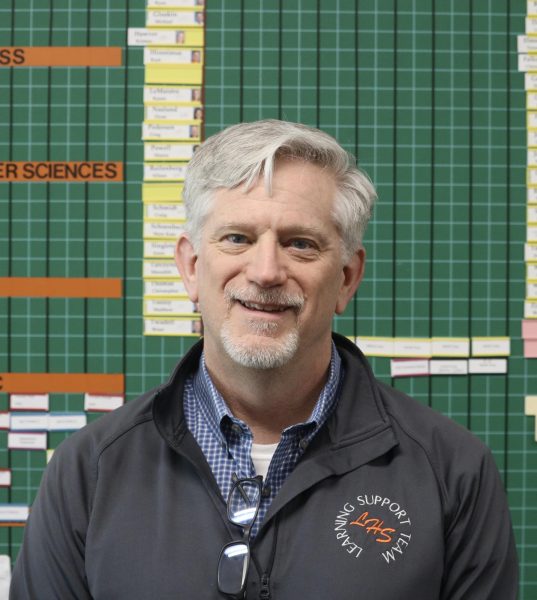AP Arts at LHS
For many students at LHS, the inclusion of an arts class is not a chief concern when choosing classes; in fact, many students at LHS will go four years without ever taking an art class. Many students who do take art classes, however, often find them to be a rewarding experience that makes their high school experience more worthwhile.
Some students who join art classes find them to be such an important part of their day that after taking the required prerequisite classes, they elect to take AP art classes, such as AP Portfolio for 2D and 3D art. These classes not only challenge these students but also give them a space to focus on honing their artistic skills.
When compared to academic AP classes, an arts class may seem less rigorous because of the lack of 20-page readings, seemingly endless worksheets and lectures that last entire class periods. But AP arts classes offer a unique space for students to create work that they choose.
Despite lacking elements that one would expect to find in an AP class, the AP arts classes offered at LHS are still demanding of students, requiring them to complete a series of concentration projects and breath projects.
Hannah Hartshorne, a student in AP 3D Portfolio, explained that the breath projects are smaller, simpler assignments that help sharpen a student’s skills working with a certain medium, such as metal. Concentration pieces are a part of a larger projects — the student’s portfolio.
Like traditional academic AP classes, AP arts classes do have an AP test equivalent. Though the test isn’t pen-and-paper based and has no DBQ, FRQ, SAQ or even multiple choice, it is a skill-intensive process.
The AP test for all AP arts classes is comprised of 12 concentration pieces, all of them centered around a main idea that is up to the artist. The pieces are created throughout both semesters of the course, and at the end of the semester, the artist compiles them into a portfolio that is sent to the College Board along with a written artist statement that explains the focus of their concentrations in addition to talking about who the student is as an artist, meaning, what types of materials they work with and what their preferred styles are.
Because the concentration assignments that are made throughout the year are part of the final portfolio, it is important for students to be consistent in their work and take as much care and effort in it as they would for work in any other AP course.
Senior Jocelyn Stephenson, who is in multiple traditional AP classes in addition to her AP 3D art class, is working to bridge the gap between what many consider to be useful, and art. She explains that mixing a glaze for any of her pieces is applying science to art. She has to be careful when considering how much of each ingredient she mixes together in order to get the desired effect when she puts it over her piece.
“I want to put more art in science because they go hand-in-hand and most people don’t realize that,” she said. “I wanna be able to bring art into the more productive world.”
In addition, many students express the benefit of taking any arts class, agreeing that their arts class serves as a break in their otherwise hectic day. Senior Aidan Carl, w
ho is also in AP 3D, is one of these students: “I love coming in and throwing and working with clay and being creative overall. It’s really a good way to express emotions and feelings and also just express myself as an artist.”



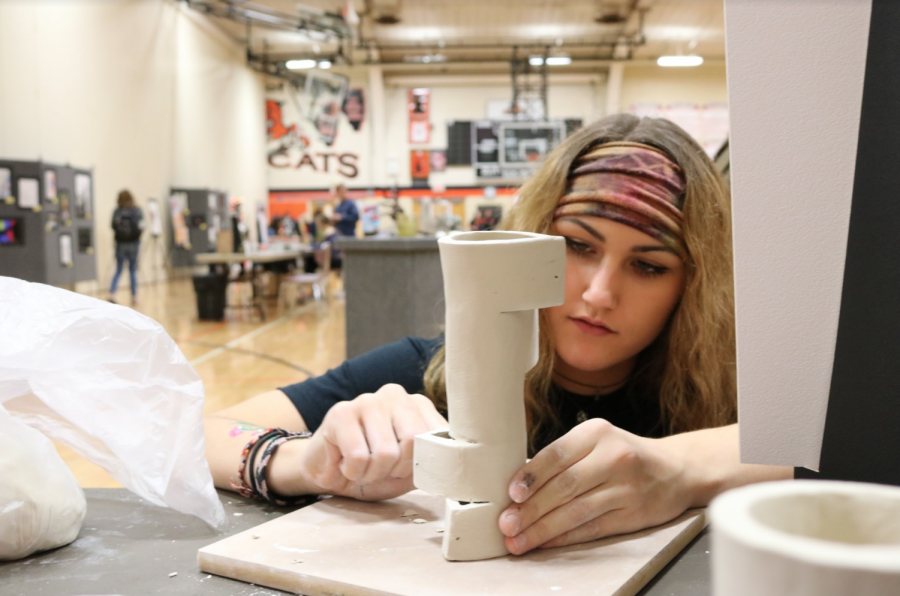

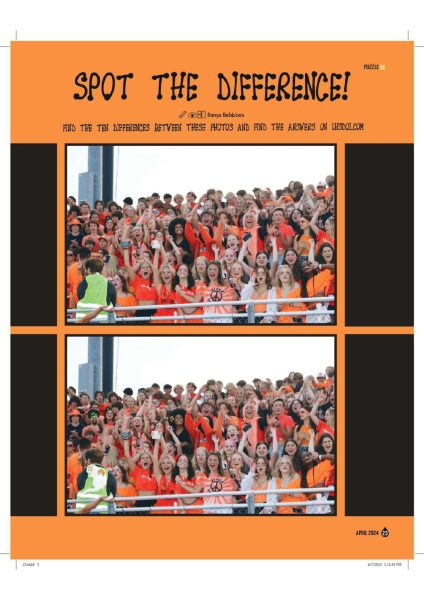
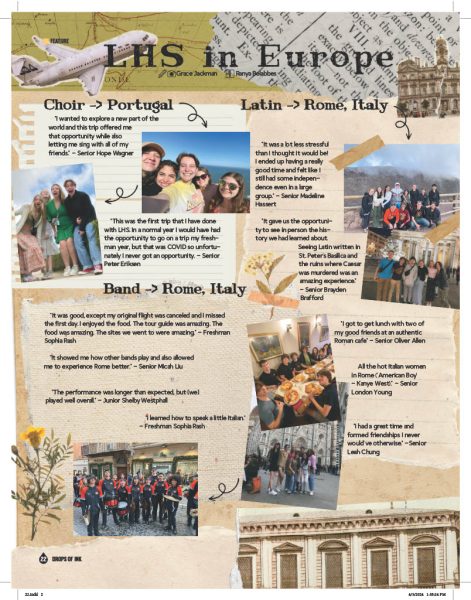

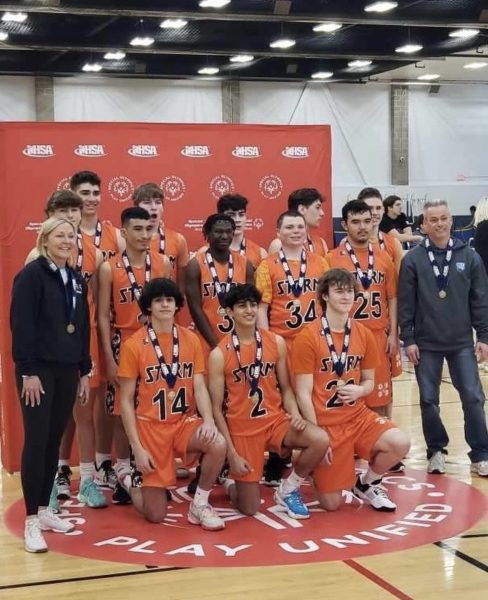
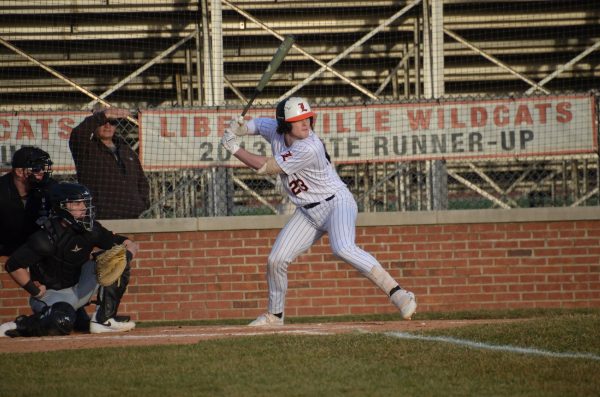
![For the final piece, a combination of Symphony Orchestra and Wind Ensemble played an extravagant song by Paul Hindemist. Flute soloist Dakota Olson had her moment highlighted within this song. “[My solo] was definitely challenging but it was fun too,” Olson said.](https://www.lhsdoi.com/wp-content/uploads/2024/03/amy-and-joey-shot-600x400.jpg)
